You can create effective flat field panels for astrophotography using everyday items like laptop screens displaying gray images, kitchen towels stretched over embroidery hoops, or tracing paper over LED panels. For best results, add diffusion layers like paper sheets to reduce glare and guarantee even illumination. Adjust brightness gradually until you achieve uniform lighting across your telescope’s aperture. These DIY solutions offer comparable performance to commercial options at a fraction of the cost. The perfect flat field correction awaits in your household supplies.
Essential Materials for DIY Flat Field Panels

When building your own flat field panel for astrophotography, you’ll need several key materials to guarantee even illumination across your images.
Pre-made light panel kits from illumiglow.com ($50-55) offer adjustable brightness and simple assembly, making them popular choices for serious astronomers.
For a more budget-friendly approach, consider using your laptop screen displaying a grey image as a flat panel source.
The frosted glass Plexiglas included in most kits provides the smooth surface needed for even light distribution.
High-density foam helps secure components and improve stability during imaging sessions.
Don’t overlook everyday items like kitchen towels or embroidery hoops, which can create proper tension in fabric setups, eliminating wrinkles that might cast unwanted shadows on your final images.
Step-by-Step Assembly Guide for Budget Flat Fielding
Although commercial solutions exist, assembling your own flat field panel can save you money while providing excellent results for your astrophotography.
Start with a light panel kit ($50-55) that includes frost glass Plexiglas and a battery-powered controller.
Handle the Plexiglas carefully to prevent scratches, then drill a hole for the controller cable. Place an opaque panel on top of the light panel and secure everything with spring clamps for stability. This creates a field flattener alternative that’s both affordable and effective.
Adjust the dimming settings until you achieve uniform illumination – critical for proper flat fielding.
Test your assembly by comparing results with commercial options like the Flatmaster. You’ll be surprised how this DIY solution delivers professional-quality flat frames at a fraction of retail costs.
Optimizing Brightness and Illumination Control
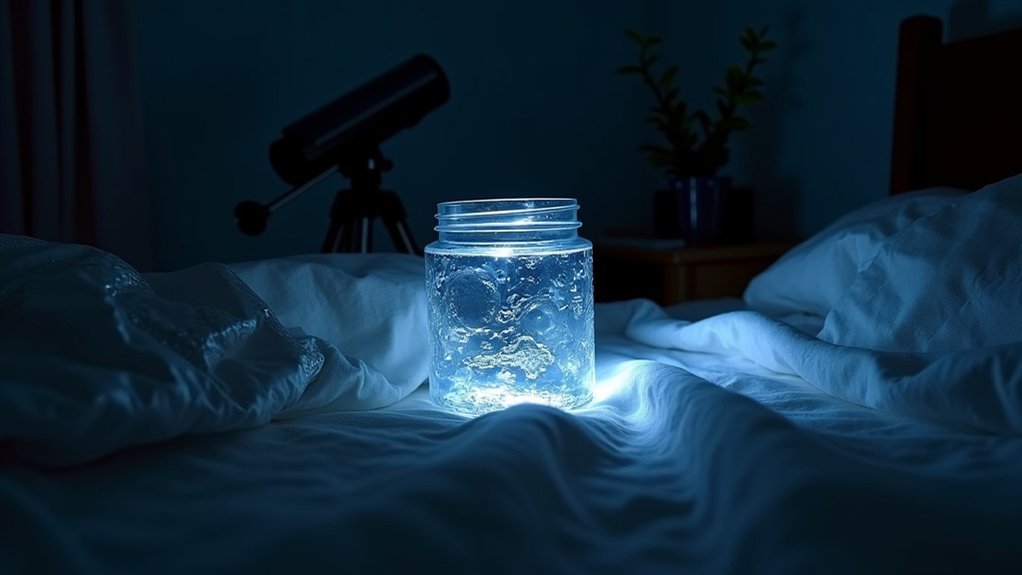
Once your DIY flat field panel is assembled, proper brightness control becomes the next challenge for achieving uniform, accurate flat frames.
Start with your tracing panel’s lowest brightness setting to prevent glare, then gradually increase until you find the best illumination for your telescope.
You’ll need to experiment with different diffusion techniques.
Try layering three sheets of paper or using tightly held fabric in embroidery hoops to distribute light evenly. Laminated tracing paper works exceptionally well as it eliminates wrinkles and provides consistent illumination.
Kitchen towels can effectively reduce shadows and glare when placed over your light source.
Remember to adjust brightness based on your specific telescope requirements and ambient conditions.
Most modern light panels offer adjustable brightness features, allowing you to fine-tune illumination for perfect flat frames.
Testing Your Homemade Field Flattener Solution
How effectively does your DIY field flattener actually perform? The only way to know is through systematic testing.
Begin by capturing flat frames at various brightness levels using N.I.N.A.’s Flat wizard to evaluate illumination uniformity across your sensor.
Start with flats at varying brightness in N.I.N.A.’s Flat wizard to assess sensor illumination uniformity.
Experiment with different materials like frosted glass or kitchen towels, documenting each configuration’s results. Pay close attention to the Flat Field quality, noting how evenly light distributes across your images.
Make certain to record all variables: material type, brightness settings, and positioning adjustments.
After analyzing your test images, you’ll likely need to refine your setup. Adjust the layering or positioning of your homemade components based on the results.
This iterative testing process guarantees you achieve the ideal flat field correction for your astrophotography setup.
Community-Tested Modifications and Enhancements
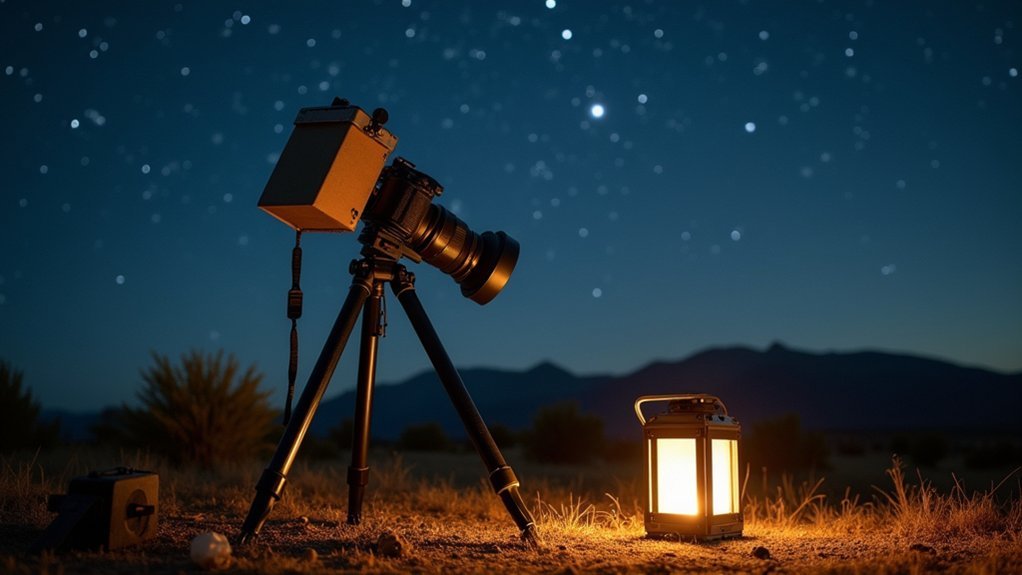
Countless astrophotographers have shared innovative modifications to improve DIY field flattener solutions.
You’ll find that implementing these community-tested enhancements can markedly enhance your flat field results without expensive equipment.
- Layer enhancement – Add three sheets of paper to your tracing panel to reduce brightness and achieve ideal glare reduction, creating more even illumination across your setup.
- Tension techniques – Stretch kitchen towels tightly across embroidery hoops instead of t-shirts to minimize wrinkles and shadows that can compromise your flat field quality.
- Stability upgrades – Cut high-density foam to create custom-fitted frames that guarantee better contact between your flat field panel and telescope, promoting even light distribution and improving overall image quality.
Frequently Asked Questions
Do You Need a Field Flattener for Astrophotography?
You don’t always need a field flattener for astrophotography. It depends on your telescope design. Refractors benefit most, while some telescopes have built-in correction. Your specific setup and image quality requirements will determine necessity.
How Do You Make Astrophotography Flats?
You’ll create astrophotography flats by pointing your telescope at an evenly lit surface like a laptop screen or tracing panel. Layer 2-3 sheets of paper over it, then take images at the exposure that doesn’t overexpose or underexpose.
How Long Should Flats Be Exposed for Astrophotography?
Expose your flats for 0.5-2 seconds, aiming for a histogram peak at 30-50% of maximum. You’ll want to maintain the same gain settings as your imaging session and capture 10-20 frames for best results.
What Is the Best Exposure for Flat Frames?
For flat frames, you’ll want exposures between 1/10 to 1/2 second, aiming for a histogram peak at 30-50%. This captures even illumination without introducing noise. Keep exposure time consistent across all your flat frames.
In Summary
You’ve now got all the tools to create your own affordable field flattening solution. With just household items, you’ve built a system that rivals expensive commercial options. Remember to test thoroughly and adjust as needed for your specific setup. Don’t be afraid to experiment with the community modifications—they’ll help you refine your results and capture those beautifully flat, corner-to-corner sharp astrophotos you’ve been dreaming of.
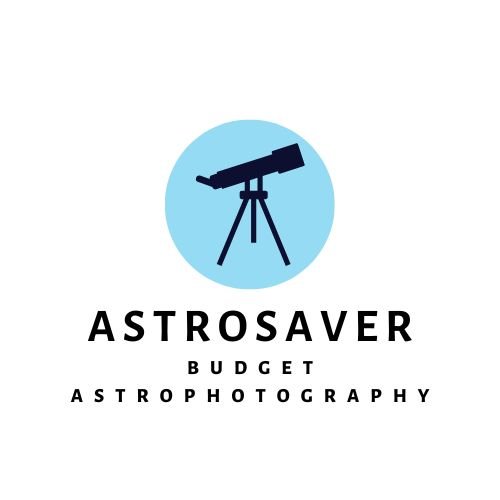
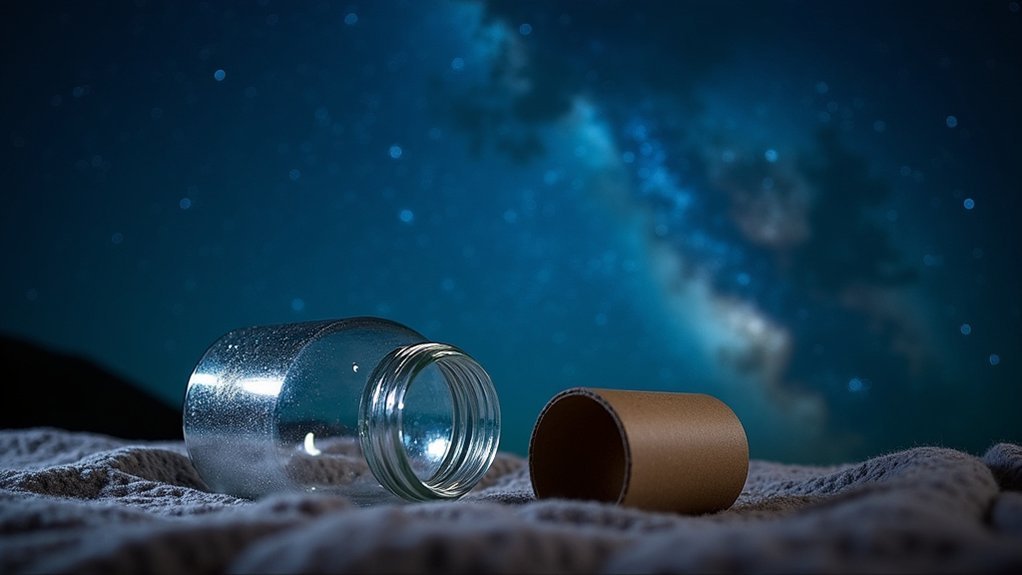
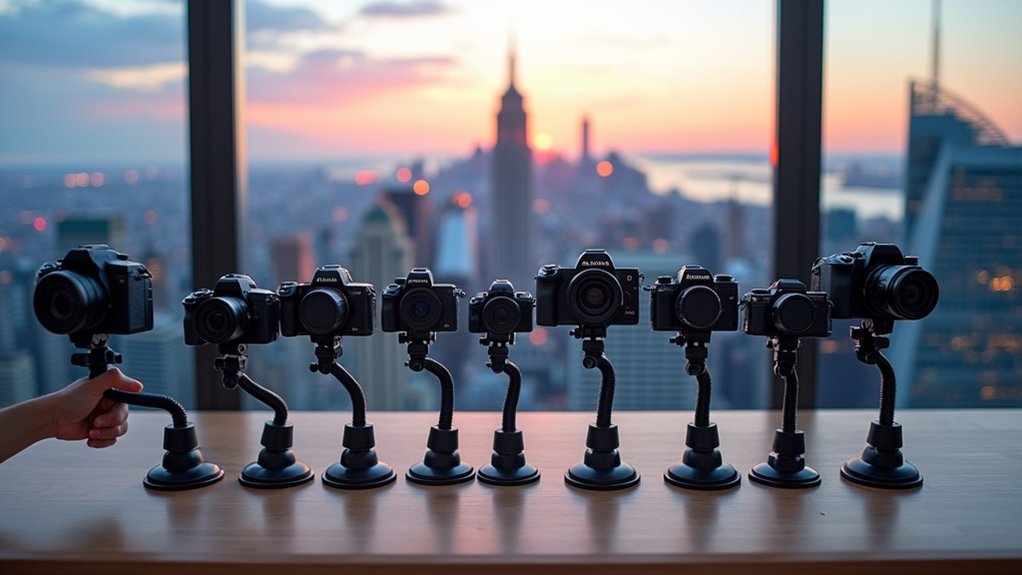
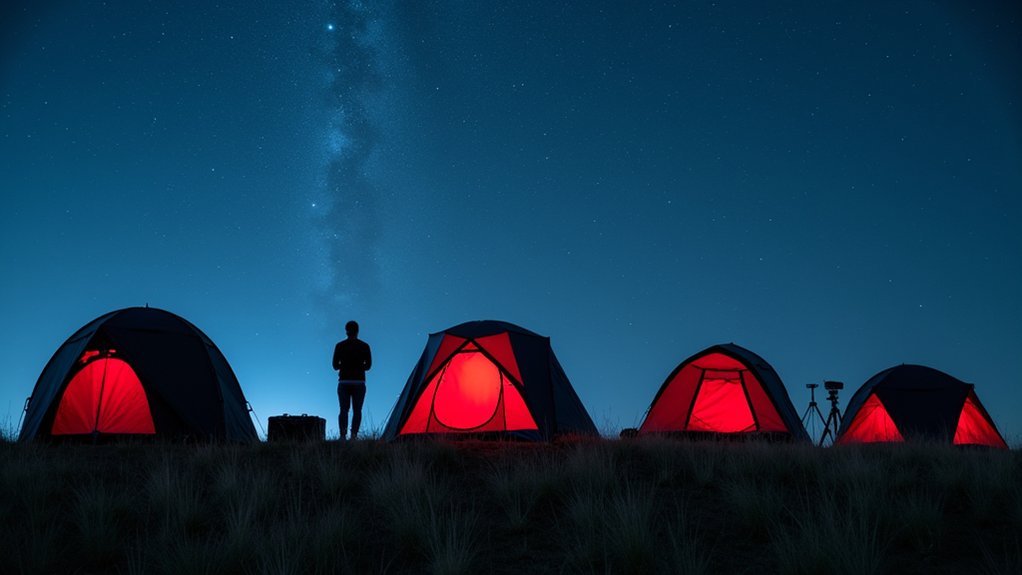
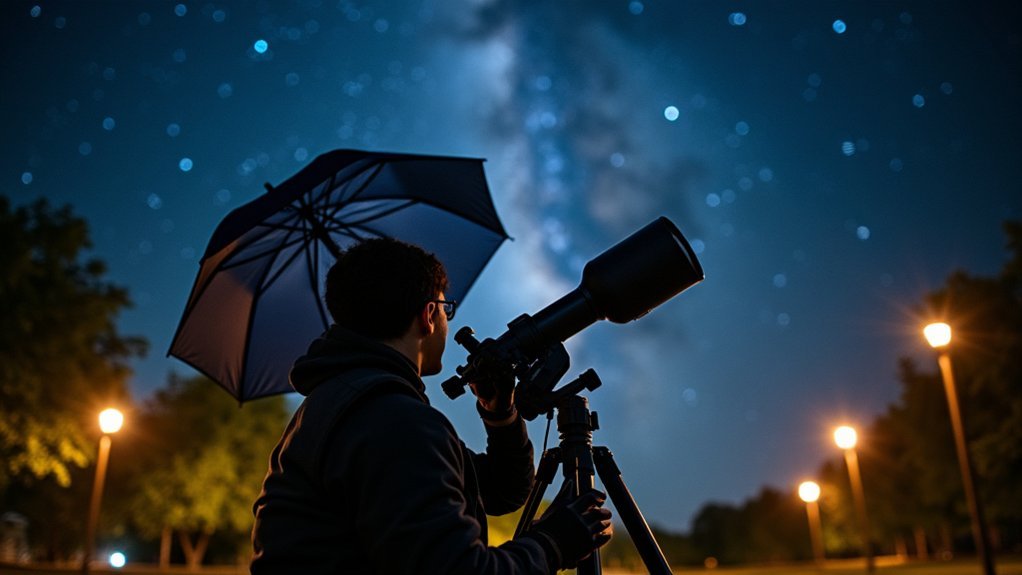
Leave a Reply